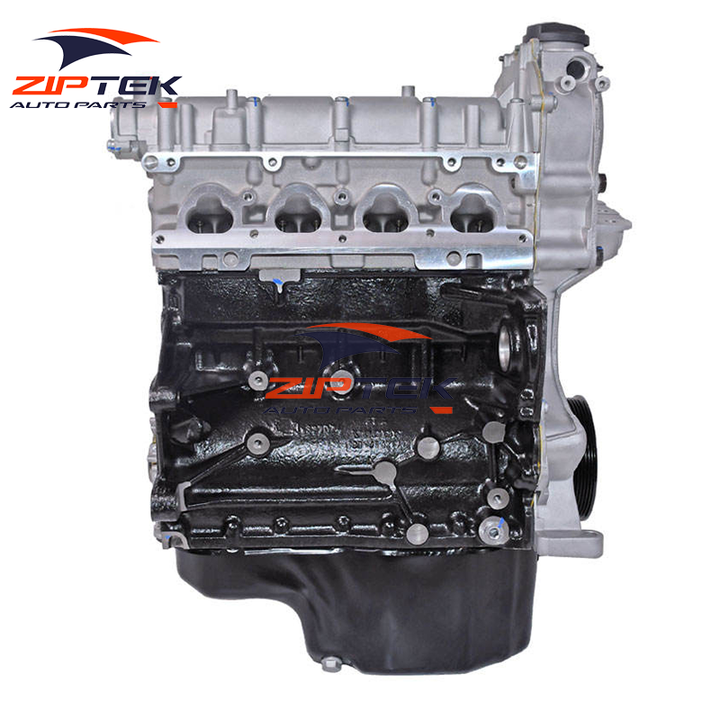Discover a high-efficiency clp engine for your equipment.
Discover a high-efficiency clp engine for your equipment.
Blog Article
Just How a Clp Engine Can Improve Efficiency in Different Industries
The arrival of CLP engines marks a significant shift in functional performance across various industries, driven by their capability to maximize gas intake and lessen downtime. Industries such as production and logistics stand to gain substantially from their durable style and constant power output, which guarantee to simplify procedures and improve performance. As organizations significantly focus on sustainability alongside performance, the duty of CLP engines ends up being even much more essential. What remains to be seen is just how these improvements will certainly shape the future landscape of industrial operations and their effect on more comprehensive economic patterns (clp engine).
Summary of CLP Engines
CLP engines, or Constant Liquid Propellant engines, represent a substantial improvement in propulsion technology, specifically for area applications. These engines use a continual feed system that permits the sustained expulsion of propellant, causing improved performance and efficiency compared to standard strong or hybrid propulsion systems. By preserving a consistent circulation of fluid propellant, CLP engines can achieve extra specific drive control, which is vital for maneuvering spacecraft in various objective circumstances.
The layout of CLP engines incorporates sophisticated products and cutting-edge fuel management systems. clp engine. This results in lowered weight and raised reliability, crucial aspects for long-duration space missions. Additionally, the continual procedure reduces the risk of combustion instability, a common difficulty in conventional rocket engines.

Advantages in Manufacturing
The production of Continual Fluid Propellant (CLP) engines provides several notable advantages that improve both efficiency and cost-effectiveness. One of the primary advantages is the streamlined production procedure, which reduces the intricacy related to typical propulsion systems. By making use of fluid propellant, suppliers can attain higher precision in engine performance, bring about maximized power output and minimized waste.
In addition, CLP engines facilitate a greater degree of modularity, permitting less complicated integration right into different production lines. This adaptability can substantially decrease lead times and improve overall functional versatility. Making use of CLP innovation likewise tends to decrease the need for substantial upkeep because of less moving components, which converts into minimized downtime and operational prices.

Applications in Logistics
Leveraging Continual Fluid Propellant (CLP) engines in logistics offers considerable benefits in functional effectiveness and dependability. These engines give a durable service for different transport demands, enabling the smooth activity of products across huge distances. The intrinsic style of CLP engines enables constant power result, which equates into smoother and more predictable transport routines.
Among the essential applications of CLP engines in logistics is in durable products transport, where they can drive both ground and airborne cars. Their ability to maintain high efficiency under varying load problems guarantees that delivery timelines are satisfied, thus enhancing customer satisfaction. In addition, CLP engines can be incorporated right into automated logistics systems, promoting real-time monitoring and enhancing route planning.
In addition, the durability of CLP engines minimizes maintenance downtime, allowing logistics business to maximize their functional capacities. This is especially useful in warehousing operations, where performance in managing and delivering goods is crucial. As logistics continues to evolve, the assimilation of CLP engines stands for a forward-thinking approach that not only boosts performance yet also supports the market's expanding demands for reliability and speed.
Impact on Power Efficiency
Exactly How do Constant Liquid Propellant (CLP) This Site engines boost energy performance in transportation? CLP engines use a constant circulation of fluid gas, maximizing combustion procedures and keeping a secure drive output. This style decreases energy losses connected with standard burning engines, where fuel delivery can vary and bring about inadequacies.
The continuous operation of CLP engines enables for a more reliable thermal cycle, causing greater details impulse compared to traditional engines. clp engine. This converts to minimized fuel usage for the very same amount of work done, significantly lowering functional prices throughout different transportation industries, consisting of air travel and maritime sectors
Furthermore, the capacity of CLP engines to preserve optimal performance under varying tons conditions reduces the requirement for regular acceleration and deceleration, further boosting fuel efficiency. Improved power performance not only adds to cost savings but also results in decrease greenhouse gas emissions, lining up with worldwide sustainability goals.
Future Trends and Innovations
Emerging advancements in Continuous Liquid Propellant (CLP) engine innovation pledge to transform the landscape of transportation efficiency and sustainability. As sectors pivot toward greener alternatives, CLP engines stand at the center, incorporating cutting-edge materials and design methods that improve efficiency while lessening ecological influence.
Among one of the most appealing patterns is the adoption of hybrid systems that incorporate CLP engines with eco-friendly power sources. This harmony can maximize fuel intake and reduce discharges, straightening with global sustainability objectives. Innovations in computational liquid characteristics (CFD) are facilitating the style of more aerodynamically effective engines, leading to decreased drag and enhanced fuel effectiveness.
Additionally, the development of smart monitoring systems is readied to improve functional performances. These systems leverage information analytics and IoT innovation to optimize engine see this site efficiency in real-time, ensuring that the engines operate within their most efficient parameters.
As research remains to explore alternative propellant formulas-- such as biofuels and synthetic fuels-- the future of CLP engines looks appealing. By harnessing these innovations, sectors can not just enhance their efficiency but likewise add dramatically to a cleaner, extra lasting future in transport.
Final Thought
In final thought, CLP engines stand for a considerable development in effectiveness across multiple industries. The integration of innovative materials and less relocating components minimizes upkeep demands, while placement with sustainability goals placements CLP engines as a pivotal technology for the future.
Report this page